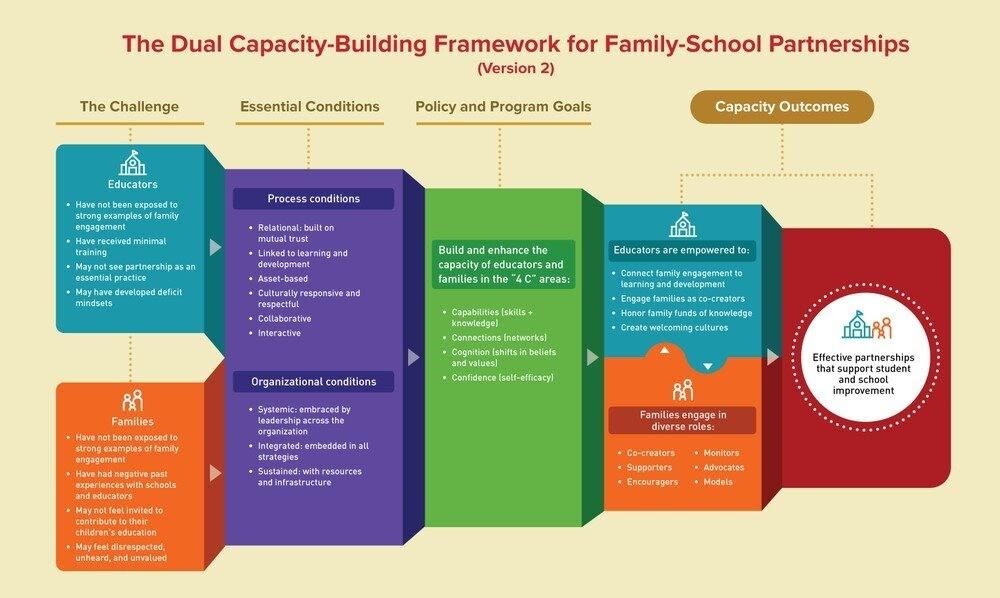Tom Lenz, Consult HLT
In December of 2021, Consult HLT colleague Mirja Hanson and I facilitated a strategic planning session for the Illinois Housing Council (IHC). While most of their 30 board members were able to attend in person, many could not, due to distance (IHC is a state-wide group) or COVID concerns.
Fortunately, the board member who hosted the retreat had an excellent “Owl” camera to track the discussion at the in-person meeting and a large video monitor to display the faces of the remote participants. The challenge was how to handle the small group discussions which were central to capturing ideas and feedback for the strategic plan.
An obvious solution would be for the remote participants to have their own small group session on Zoom. But not only would this result in a large group, it would also complicate our process for aggregating and analyzing feedback: Having each small group share their ideas using 4 by 6 inch “Post It” notes.
Fortunately, Mirja had a simple solution. In each of the in-person small group sessions, one or two participants were paired with a remote board member. Remote participants called their in-person “buddy” on their cell phone and joined the small groups on speaker phone. So while they weren’t physically in the room, they could be a part of the conversation and add ideas that were then captured on the “Post it” notes.

While not a perfect solution, it worked remarkably well. Sometimes 1990’s technology can save the day!


